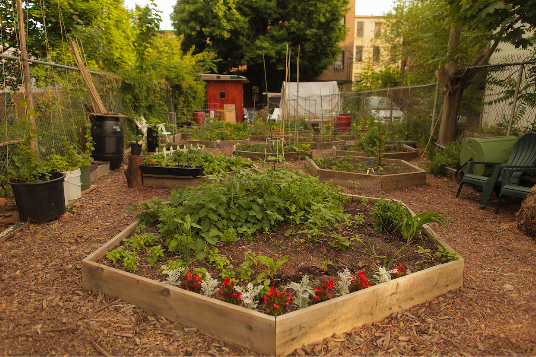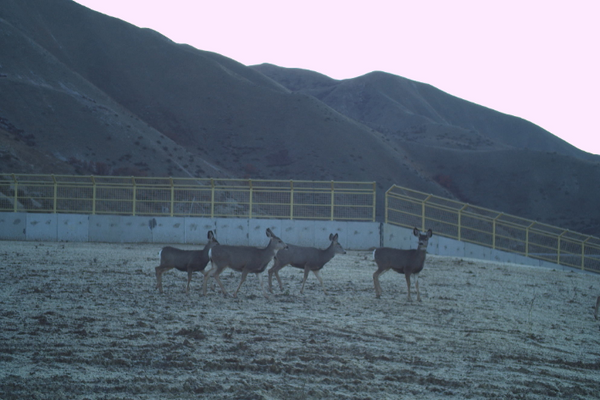The first thing you need to know about tumbleweeds is that they’re not a plant. They’re something that happens to plants, allowing them to spread seeds wherever they tumble. It’s a genius move for members of this genus, especially considering that many of the most common tumbleweed varieties have a short lifespan around six months.
Late summer marks the start of tumbleweed season. You know that magical time of year when the invasive weed species tends to die, dry up, break off from their roots, catch a breeze, and do their dance across the open plains, merrily spreading their unwanted seeds wherever they travel. But even in November, they might still have you weaving as they cross the Interstate.
This, and their pileups when they hit an obstacle, can get a bit out of hand sometimes. Just check out #tumblegeddon on your social media platform of choice.
There are lots of different species that like to tumble, many with fun names like winged pigweed, tumble mustard, and witchgrass (the list goes on: panicgrass, ticklegrass, tumble panic, witches hair, or hairy panic).
The most famous tumbleweed variety is Russian thistle, which came to South Dakota from the Russian Empire in the 1870s. This weed is known for leading the quickest plant invasion in the history of the United States, all while also having a side hustle in Western cinema.
Russian thistle’s huge evolutionary advantage has led this plant to infest about 100 million acres of land, an area the size of the state of California. In addition to threatening native plant ecosystems, and reducing crop yield in agricultural areas, when Russian thistle piles up along fences and tree rows it can become a serious fire hazard, giving new meaning to the phrase “great balls of fire.”
Where to See The Tumbleweeds Tumble
Next time you have a visitor coming to town who’s been questioning Boise’s Mountain West cred, here are a few spots where you can take them to see tumbleweeds in action.
- The Oregon Trail Reserve in Columbia Village. Come for the tumbleweeds, stay for the historic wagon ruts. Enjoy immersing yourself in a living history experience, as this hike follows the exact route that immigrants used to make their way west.
- Boise Airport. Apparently BOI has a devoted bin.
- Morley Nelson Snake River Birds of Prey. This is a sprawling wildlife conservation area just south of Boise, but thousands of tumbleweeds also call it home.
- Bruneau Dunes State Park. A fantastic park for experiencing the Southern Idaho desert. In addition to the giant piles of sand, you’re likely to see some tumbleweeds.
- Owyhee County is where this 2014 viral video was filmed.
- Where not to see them tumble: your yard! Here’s a guide on tumbleweed removal from the Big Pine Paiute Tribe.
Western Rustic Boho Chic
You can currently buy all kinds of tumbleweed-inspired home decor online, because of course you can.
Invasive or not, tumbleweed fans can treat themselves to a $6,000 dining room pendant lamp or a $65 actual tumbleweed on Etsy. Most online vendors seem to be sourcing their weeds from the wide open plains of Texas, Nevada, and Colorado… which means there’s an opening for an Idaho entrepreneur to get in and sell our special brand of dead weeds online. Luckily, we have plenty to spare.

















